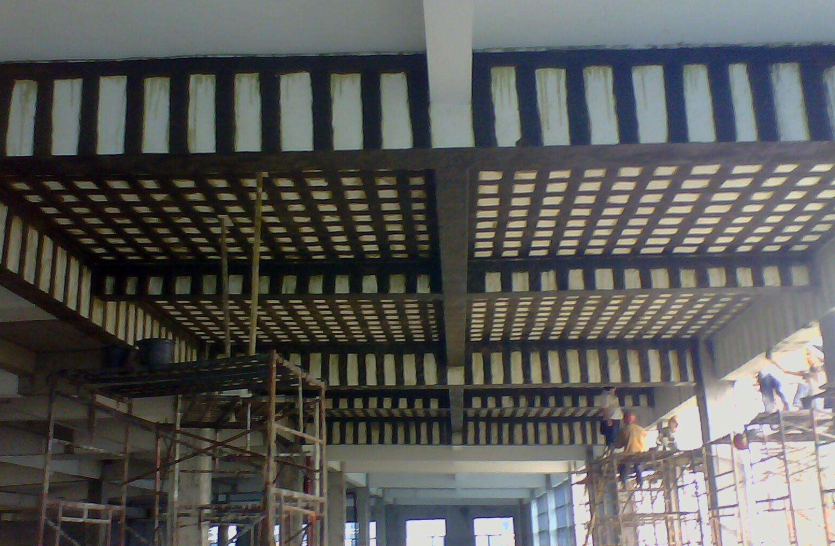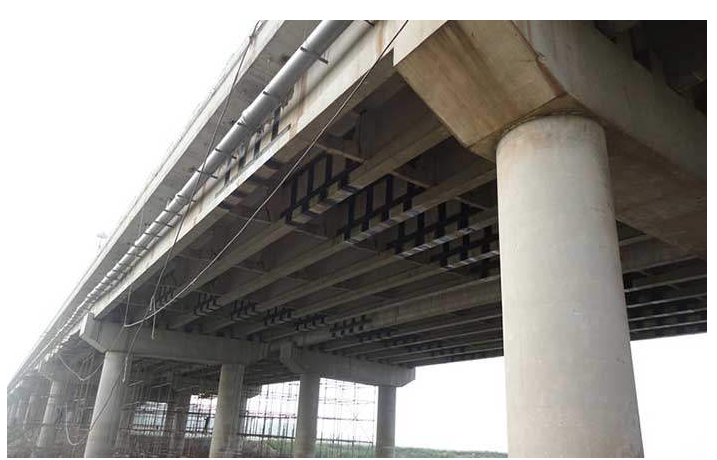Bridge Reinforcement
Date:2019-06-03Source:Views:
The application of carbon fiber composites in bridge engineering is a hot topic in the field of civil engineering. Fiber Reinforced Plastic is a composite made of continuous fibers wrapped in a matrix of resins that stiffen and bond the fibers. Fiber reinforced plastic can be divided into three categories according to the different fibers used: Carbon Fiber Reinforced Plastic(CFRP), Glass Fiber Reinforced plastics (GFRP) and ARPA Fiber Reinforced plastics (AFRP).
Among them, carbon fiber composite (CFRP) not only has the general properties of steel, but also can be designed according to the needs of the structure to meet the performance requirements that can not be achieved by single-material.

Here are some features:
● CFRP has over 10 times higher tensile strength than steel, generally 1500~1900 MPa, high up to 2400~3000MPa. Along the direction of the fiber, its tensile strength is much higher than the ordinary steel bar, similar with high strength prestressed bar.
● CFRP has excellent fatigue resistance. According to the test, when the average stress is 550MPa, the stress range of 2 million cyclic loads can reach 900MPa, which is 3 times higher than steel.
● CFRP has good sincere vibration performance.Its natural vibration frequency is high enough to avoid the early resonance. The internal resistance is also very big, the attenuation is very fast once the shock.
● CFRP has excellent resistance to chemical corrosion. It is an excellent electrical insulation. Equipment or components made with it has a good resistance to acid, alkali, salt and so on.
● CFRP material is soft and the resin can flow, so that the shape of its products is almost unlimited. It can also be arbitrarily colored.
The development of CFRP
The application of composite materials in bridge beam engineering began in the late 1970s and early 1980s. However, CFRP materials began to be used as reinforcing bars untill the late 1980, as a substitute for reinforced and prestressed steel. The study of materials used in bridge beam engineering has been widely carried out in the late 1990s.
At present, the production capacity of carbon fiber and its composites has been surplus for many years. Many companies continue to expand their production capacity. The production efficiency is almost 100 times higher than before, which further reduces the production cost and creates conditions for the application of CFRP in structural engineering.

